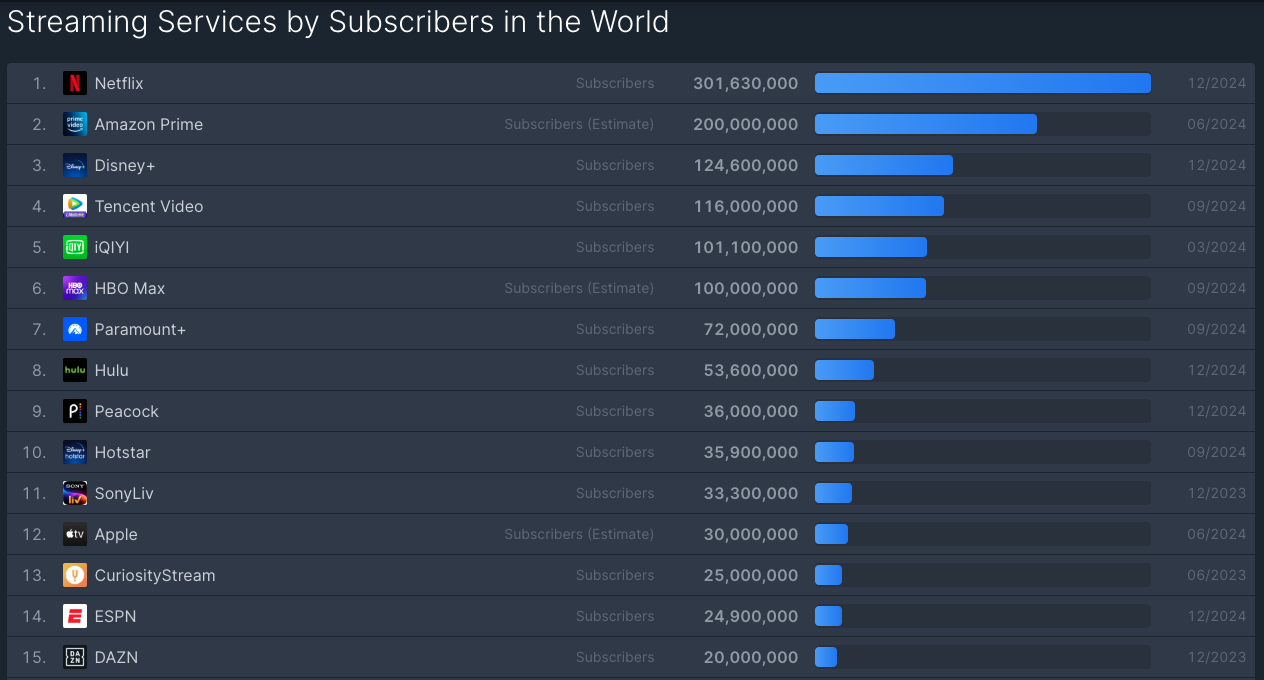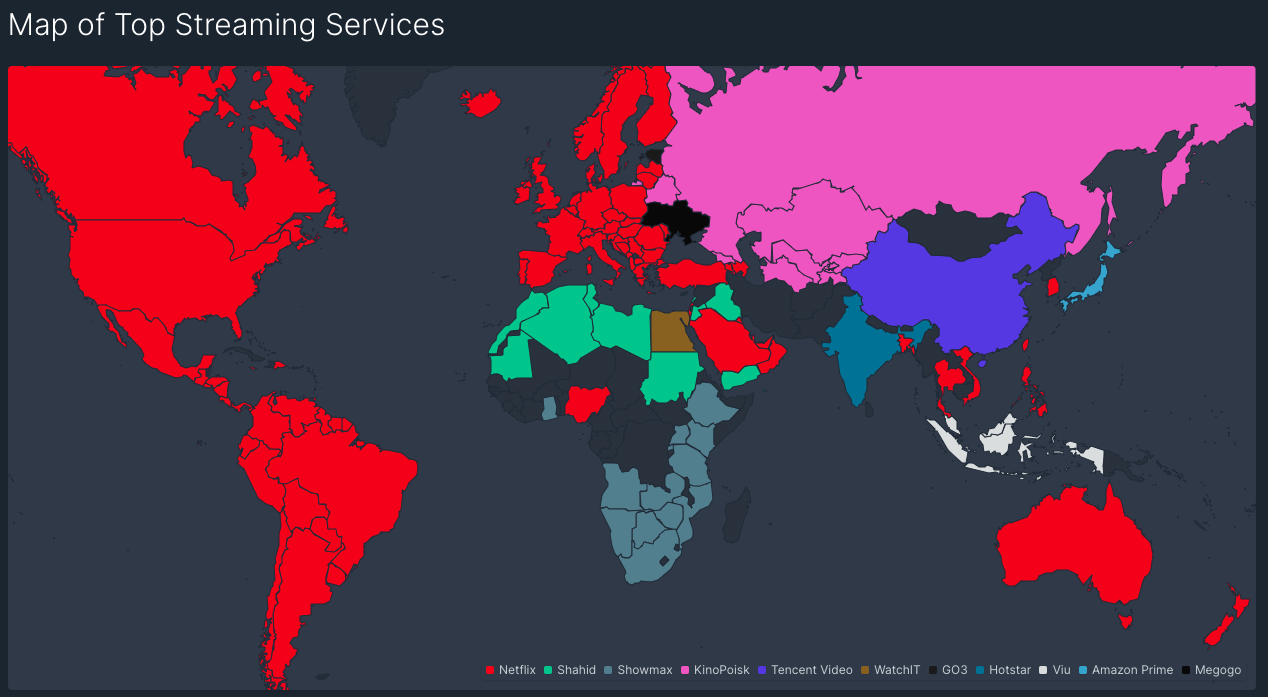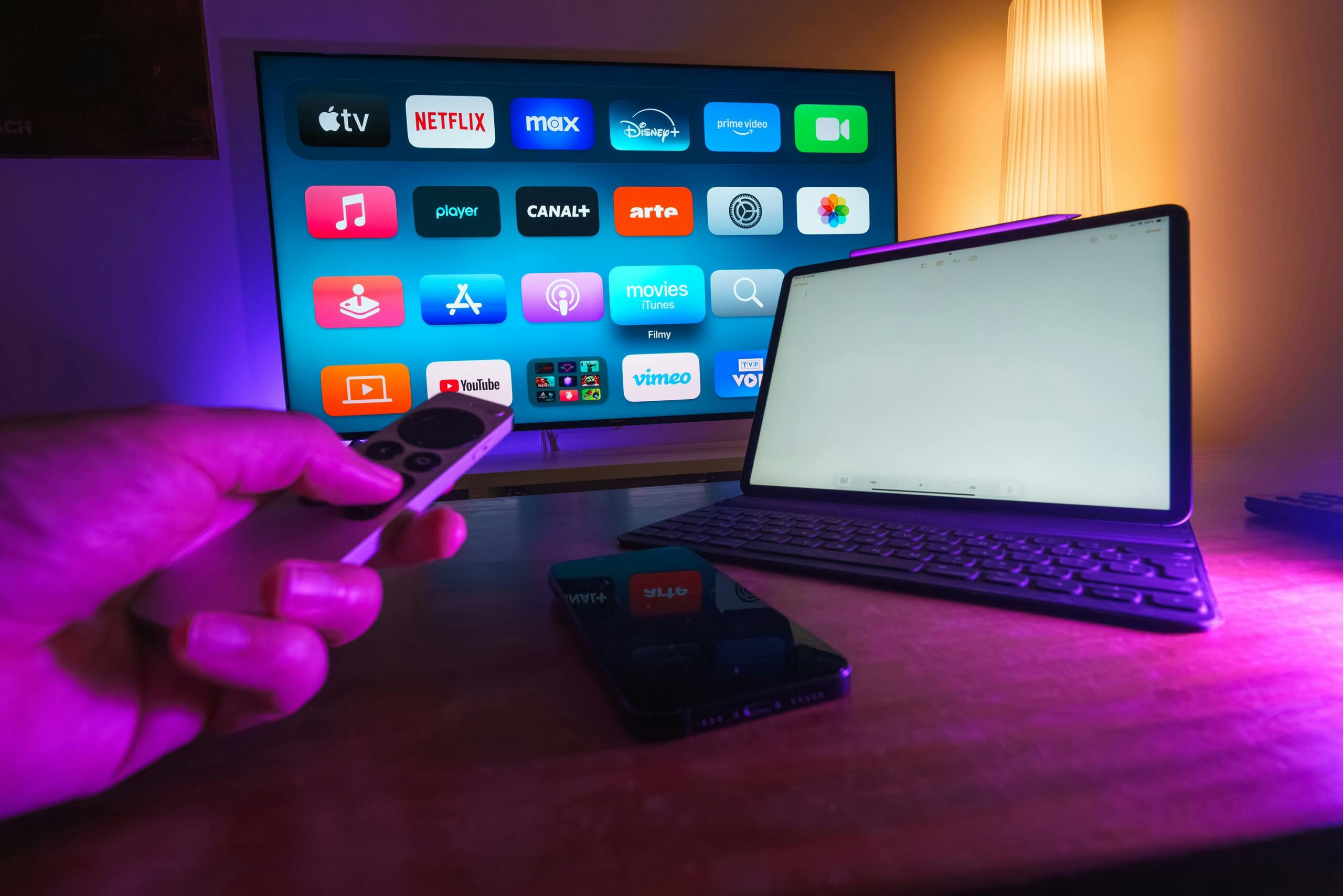The Video On Demand (VOD) industry has experienced tremendous growth and maturity over the past decade. “Cord-cutting” is now a global phenomenon, as consumers continue shifting away from traditional television consumption to a diverse range of digital streaming platforms.
We also see established broadcasters and telcos adopting these newer technologies, as OTT platforms are replacing older TV infrastructure at an astounding pace.
As competition intensifies and consumer behaviors evolve, content providers are continuously innovating their monetization strategies. The primary VOD models – Subscription Video on Demand (SVOD), Advertising Video on Demand (AVOD), Transactional Video on Demand (TVOD), Hybrid Video on Demand (HVOD), and Free Ad-Supported Streaming TV (FAST) – each offer unique advantages and challenges. Let’s explore these models, examining their impact on the industry and the factors influencing their adoption.

Subscription Video On Demand (SVOD): The Market Leader
SVOD platforms operate on a subscription-based model, granting users unlimited access to a vast content library for a recurring fee. Leading examples include Netflix, Amazon Prime Video, Disney+, and Hulu. According to Statista, revenue in the Video Streaming (SVoD) market worldwide is projected to reach US$119.10bn in 2025.
Advantages:
- Predictable Revenue Streams: The subscription model ensures steady income, allowing platforms to invest heavily in original content. For instance, Netflix is allocating $18 billion for content production in 2025, as quoted by Forbes.
- User Experience: Subscribers enjoy an ad-free experience, fostering higher engagement and retention rates.
- Exclusive Content: SVOD platforms leverage exclusive releases to differentiate themselves from competitors.
Challenges:
- Market Saturation: The sheer number of SVOD services creates fierce competition, increasing customer acquisition costs.
- Churn Rate: Retaining subscribers is an ongoing challenge as users frequently switch between services based on content availability.
Advertising Video On Demand (AVOD): Monetizing Free Content
AVOD platforms provide free access to content, generating revenue through advertisements. YouTube remains the dominant AVOD service, while platforms like Tubi and Peacock also embrace this model.
Advantages:
- Broad Audience Reach: The free model attracts a larger user base, including cost-conscious viewers.
- Ad Revenue Potential: As digital advertising grows, AVOD platforms can capitalize on targeted ad placements.
Challenges:
- User Experience Issues: Excessive ads can lead to viewer frustration and reduced engagement.
- Revenue Variability: Unlike SVOD, ad revenue fluctuates based on market demand and advertiser spending.
Transactional Video On Demand (TVOD): Pay-Per-View Flexibility
TVOD enables users to purchase or rent individual titles, either through Download-to-Rent (DTR) or Electronic Sell-Through (EST). Apple iTunes Store and Google Play Store are prominent TVOD platforms.
Advantages:
- Flexible Payment Model: Users pay only for what they watch, making it cost-effective for occasional viewers.
- Early Access to Content: New movie releases often become available on TVOD before they reach SVOD platforms.
Challenges:
- Limited Customer Loyalty: Without subscriptions, platforms must constantly attract new purchases.
- Unpredictable Revenue: Success depends on content popularity and seasonal trends.

Hybrid Video On Demand (HVOD): The Best of Both Worlds
HVOD blends elements of SVOD and AVOD, allowing users to choose between a paid ad-free experience and a free ad-supported version. Major platforms like Netflix and Amazon Prime Video have introduced ad-supported tiers to cater to diverse audiences. According to Statista, Netflix, Disney+, Max, and Paramount+ are expected to generate a combined revenue of US$24 billion in 2029.
Advantages:
- Expanded Market Reach: HVOD accommodates both premium subscribers and cost-sensitive viewers.
- Diversified Revenue Streams: Platforms can balance subscription income with advertising revenue.
Challenges:
- Brand Perception Risks: Introducing ads to previously ad-free platforms may alienate long-term subscribers.
- Complex Strategy Execution: Managing different monetization models requires sophisticated infrastructure and ad-load balancing.

Free Ad-Supported Streaming TV (FAST): A Modern Take on Linear TV
FAST services offer scheduled, linear streaming channels supported by ads, providing a traditional TV-like experience. Pluto TV, The Roku Channel, and Samsung TV Plus exemplify this model.
Advantages:
- Appeals to Traditional Viewers: FAST mimics cable TV’s scheduled programming, offering a familiar experience.
- No Subscription Barrier: Free access increases adoption, especially among cord-cutters.
Challenges:
- Content Limitations: Viewers lack the ability to choose specific content on demand.
- Advertising Dependence: Like AVOD, FAST platforms rely on fluctuating ad revenue.
The Future of VOD: A Hybrid Landscape
As the streaming industry evolves, hybrid monetization models are becoming more prevalent. Platforms are integrating multiple revenue strategies to maximize user engagement and profitability. Factors influencing VOD model adoption include:
- Consumer Preferences: Younger audiences prefer free, ad-supported models, while older demographics favor premium ad-free options.
- Competitive Market Dynamics: Platforms must differentiate themselves through exclusive content and innovative pricing structures.
- Technological Advancements: AI-driven content recommendations and targeted advertising enhance user experiences and monetization.
All these flavours of VOD
The VOD industry is in constant flux, adapting to changing consumer expectations and market forces. While SVOD remains dominant, the rise of AVOD, TVOD, HVOD, and FAST highlights the industry’s shift toward flexible and hybrid models. To thrive in this competitive landscape, content providers must embrace innovation, optimize revenue diversification, and tailor their offerings to a diverse global audience.

